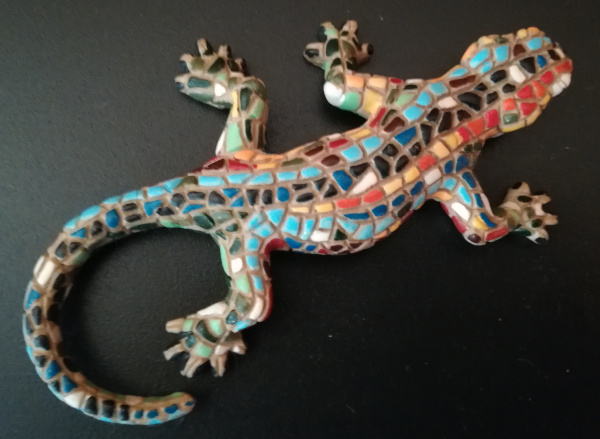Si trova su / Altri legami
© Not subject to U.S. Copyright. Published 2021 by American Chemical Society.Among the ribosomally synthesized and post–translationally modified peptide (RiPP) natural products, "graspetides"(formerly known as microviridins) contain macrocyclic esters and amides that are formed by ATP–grasp ligase tailoring enzymes using the side chains of Asp/Glu as acceptors and Thr/Ser/Lys as donors. Graspetides exhibit diverse patterns of macrocylization and connectivities exemplified by microviridins, that have a caged tricyclic core, and thuringin and plesiocin that feature a "hairpin topology"with cross–strand ω–ester bonds. Here, we characterize chryseoviridin, a new type of multicore RiPP encoded by Chryseobacterium gregarium DS19109 (Phylum Bacteroidetes) and solve a 2.44 Ã… resolution crystal structure of a quaternary complex consisting of the ATP–grasp ligase CdnC bound to ADP, a conserved leader peptide and a peptide substrate. HRMS/MS analyses show that chryseoviridin contains four consecutive five– or six–residue macrocycles ending with a microviridin–like core. The crystal structure captures respective subunits of the CdnC homodimer in the apo or substrate–bound state revealing a large conformational change in the B–domain upon substrate binding. A docked model of ATP places the γ–phosphate group within 2.8 Ã… of the Asp acceptor residue. The orientation of the bound substrate is consistent with a model in which macrocyclization occurs in the N– to C–terminal direction for core peptides containing multiple Thr/Ser–to–Asp macrocycles. Using systematically varied sequences, we validate this model and identify two– or three–amino acid templating elements that flank the macrolactone and are required for enzyme activity in vitro. This work reveals the structural basis for ω–ester bond formation in RiPP biosynthesis.


